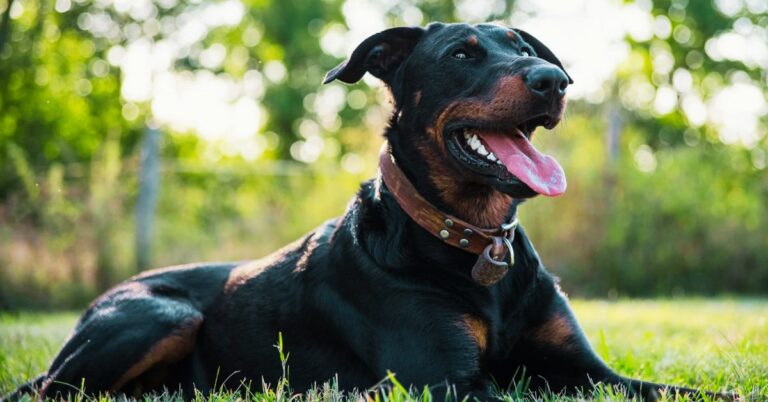15 Ways You’re Accidentally Making Your Puppy Aggressive
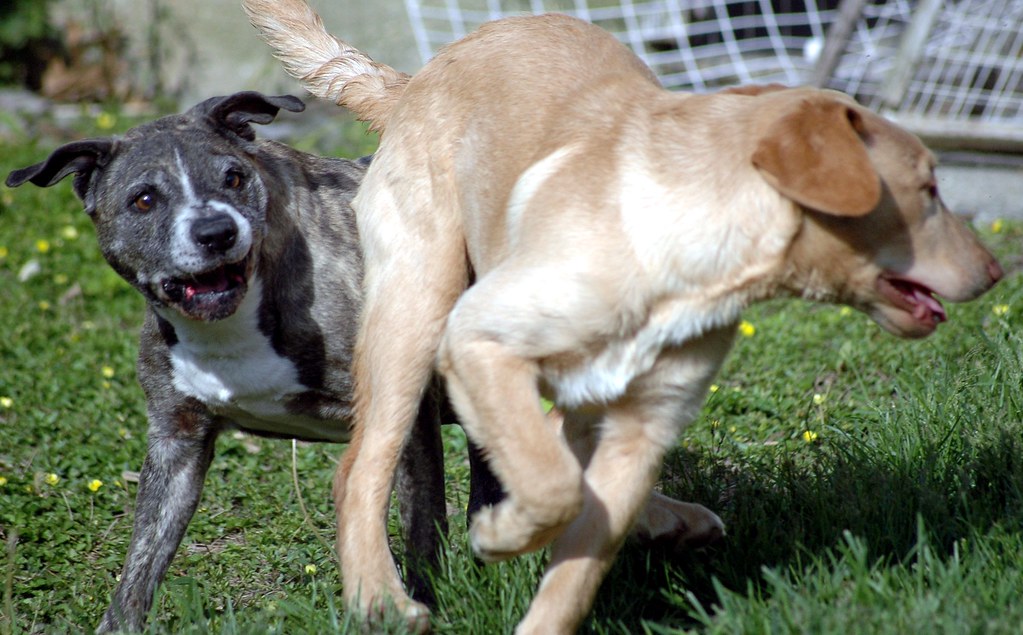
Raising a puppy is exciting, but it comes with challenges. Without realizing it, some common habits can lead to aggressive behaviors. The good news? Most of these issues are preventable. By recognizing these 15 common mistakes, you can help your puppy grow into a well-behaved, confident dog.
Encouraging Rough Play
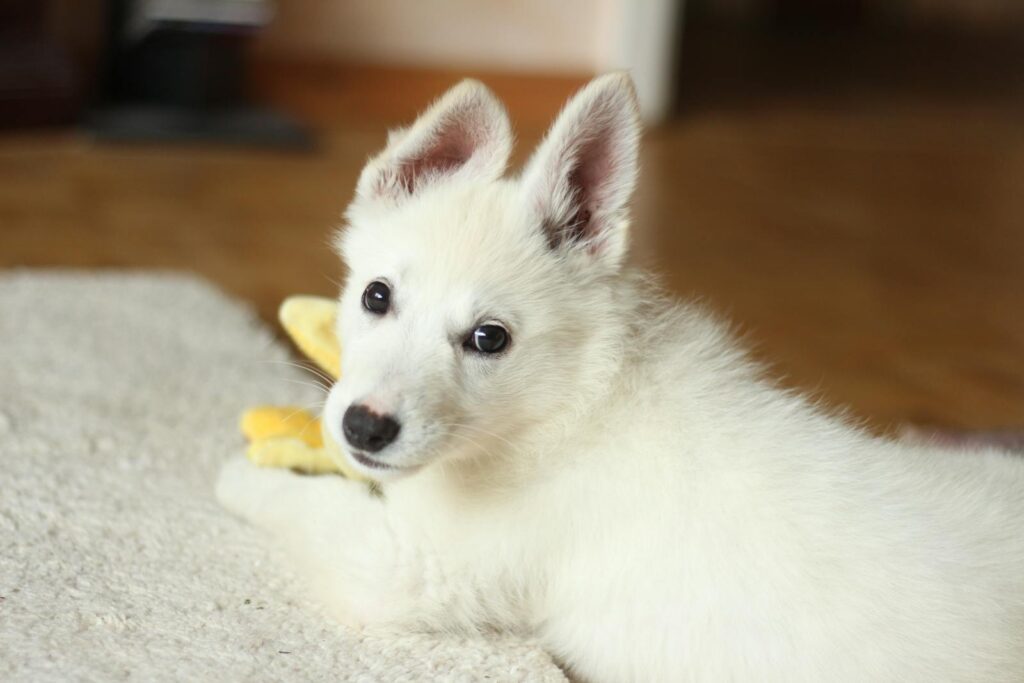
While it’s tempting to engage in games like tug-of-war or wrestling with your puppy, this can unintentionally teach them that roughness is acceptable. Puppies don’t understand the difference between “play aggression” and real aggression, and without boundaries, they may grow up thinking that biting or lunging is okay during interactions.
Using Physical Punishment
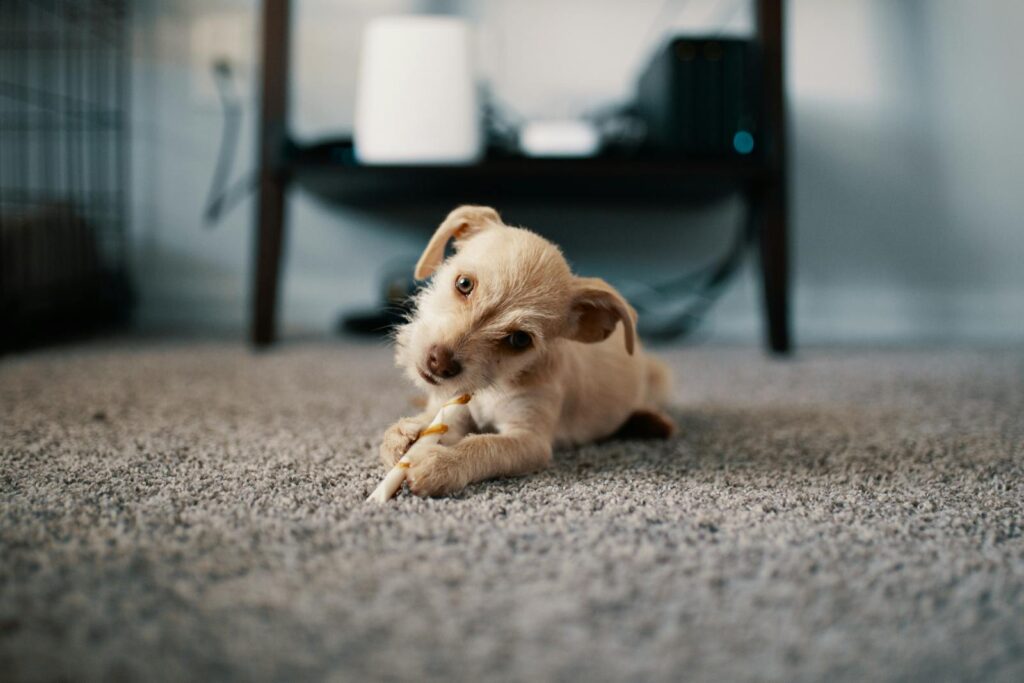
Hitting, smacking, or any form of physical punishment can cause fear and resentment in your puppy. Puppies respond to positive reinforcement far better than to harsh corrections. Physical punishment often triggers defensive aggression as the puppy learns to protect itself from harm. Instead, focus on redirection—if they’re chewing something inappropriate, calmly swap it for a toy and reward them for using the toy.
Not Setting Boundaries

When puppies don’t have clear rules or boundaries, they may become frustrated and act out aggressively. For example, if your puppy jumps on people and you don’t correct the behavior early on, they may become pushy or demanding as they grow. Establish boundaries through consistent training, such as teaching them to “sit” before being pet or fed, so they understand how to behave appropriately.
Teasing Your Puppy
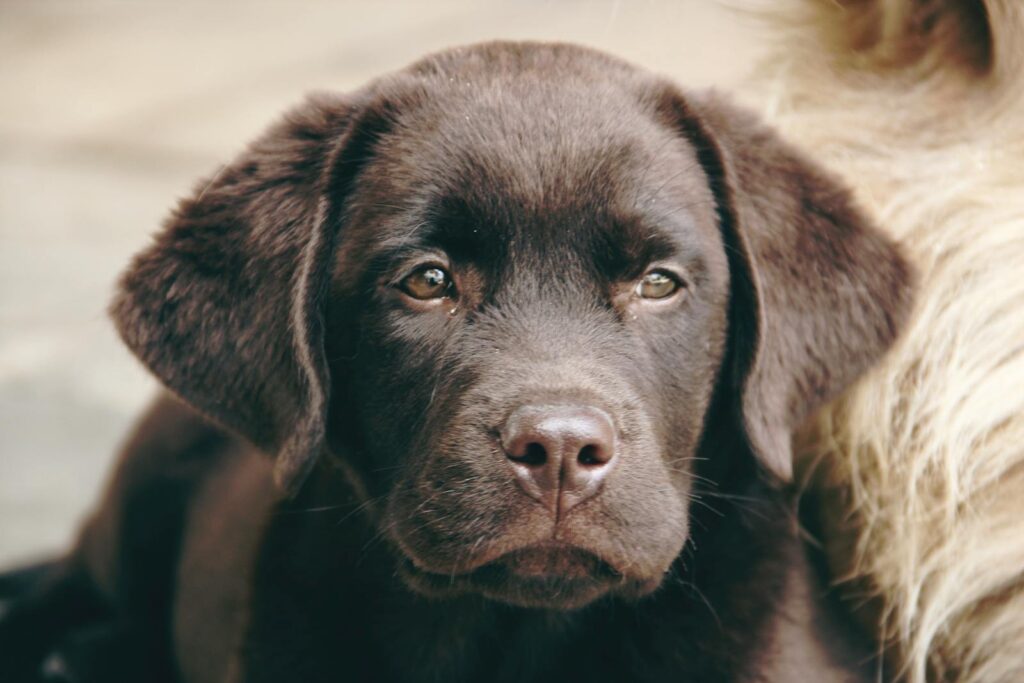
Teasing may seem harmless—like pretending to take away a toy or tugging at their tail—but it can lead to frustration, distrust, and reactive behaviors. Over time, this can destroy your puppy’s confidence and cause them to react aggressively to perceived threats or teasing. Instead, engage in cooperative play where the puppy feels safe and rewarded.
Inconsistent Training
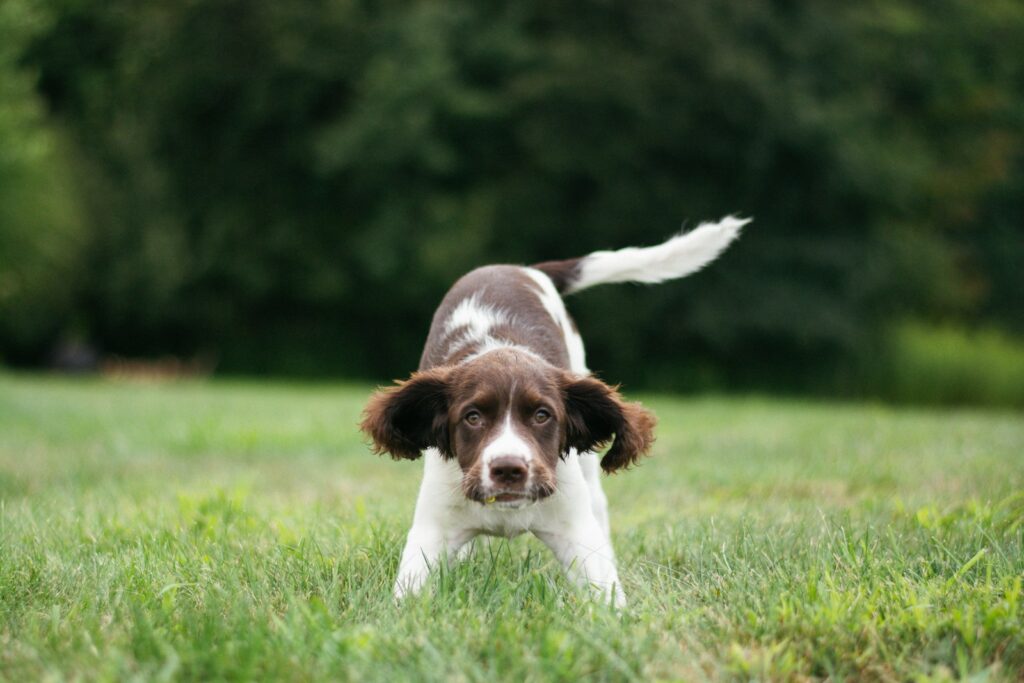
Puppies thrive on consistency. If you allow certain behaviors (like jumping on the couch) one day but scold them for it the next, they’ll become confused and frustrated. This inconsistency can lead to anxiety and reactive behaviors, including aggression. Make sure all family members follow the same training rules to provide a clear, predictable structure for your puppy.
Ignoring Signs of Fear

Puppies often display subtle signs of fear, like cowering, freezing, or tucking their tail. If these signs are ignored, the puppy may escalate to defensive behaviors, such as growling or snapping, to protect themselves. For example, if a stranger approaches too quickly and the puppy is frightened, they might react aggressively if they feel trapped. Always give your puppy space to retreat and help them build confidence gradually.
Overexposing to Stressful Situations
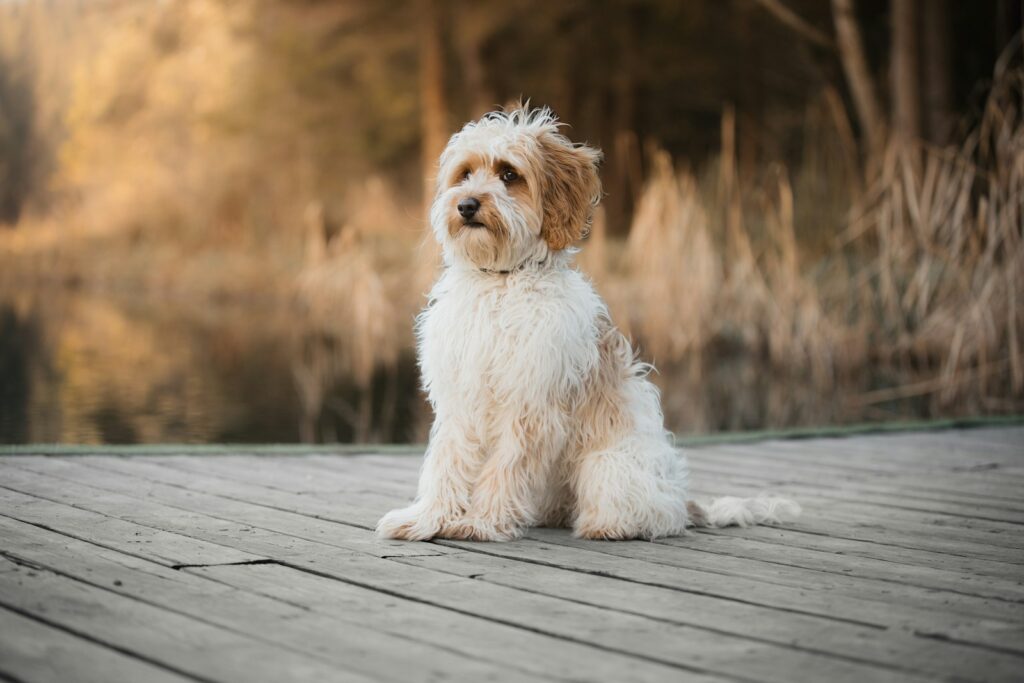
While socialization is crucial, overwhelming your puppy with too many new experiences at once can backfire. Crowded places, loud noises, or excessive handling by strangers can make a puppy feel unsafe and trigger aggressive reactions. Slowly expose your puppy to new environments and make sure each experience is positive and manageable for their comfort level.
Failing to Socialize Properly
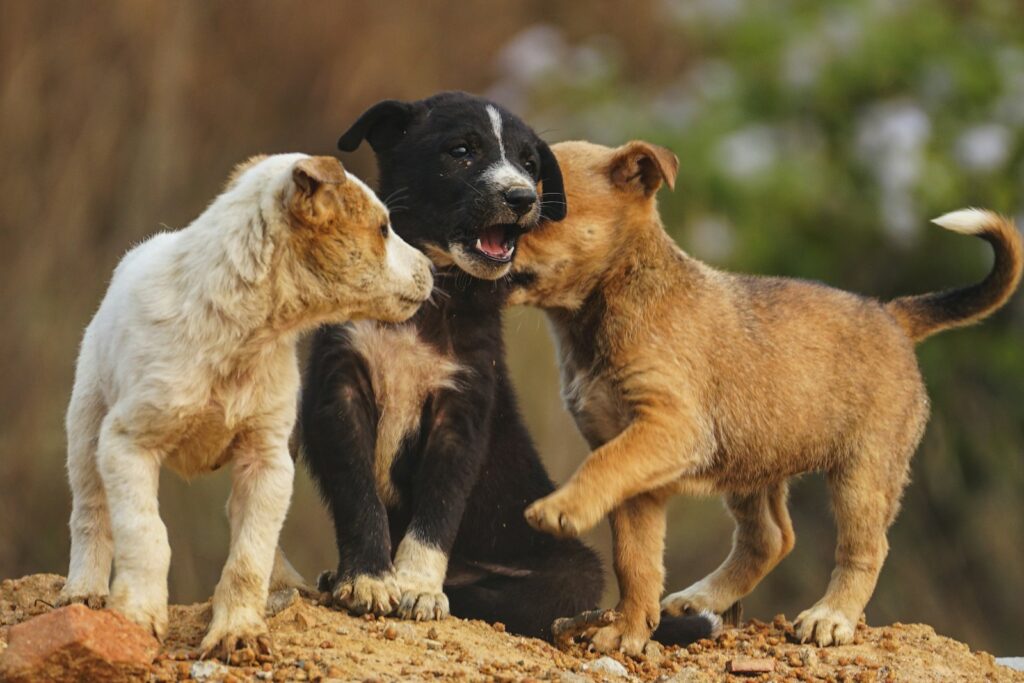
Socialization isn’t just about meeting other dogs—it’s about exposing your puppy to various people, sounds, environments, and situations during their early weeks. A lack of proper socialization can lead to fear-based aggression as the puppy grows, especially in unfamiliar situations. Start with controlled, positive interactions and reward your puppy for calm behavior around new stimuli.
Rewarding Bad Behavior
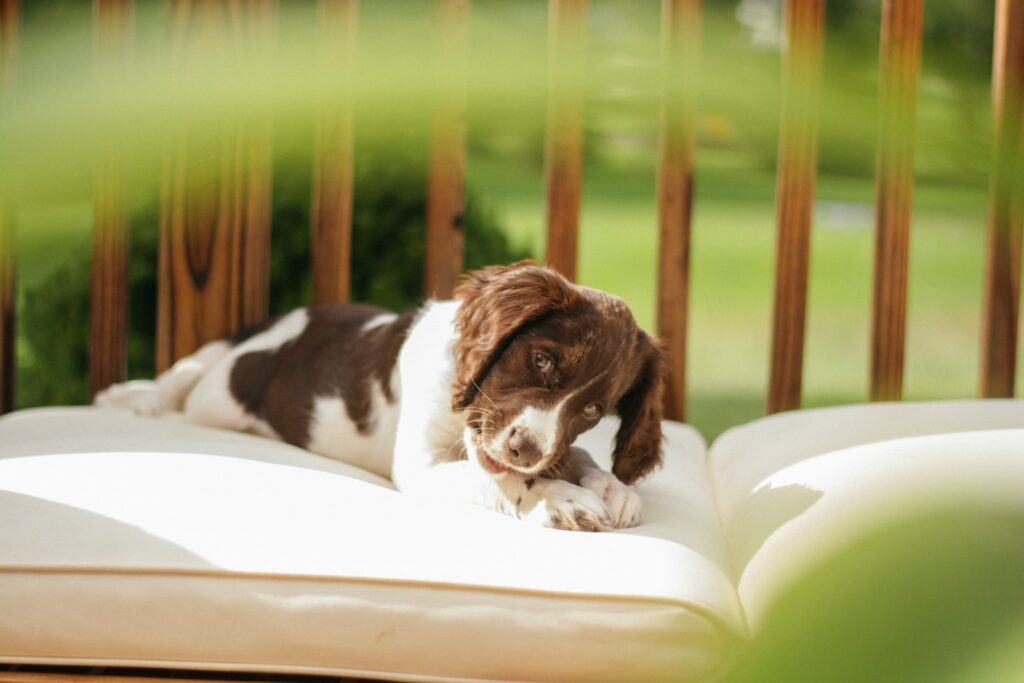
It’s easy to accidentally reinforce undesirable behavior. For example, if your puppy growls while guarding a toy and you give them attention—whether by laughing, scolding, or trying to grab the toy—you’re teaching them that growling gets a reaction. Instead, ignore the behavior and use training techniques like trading the toy for a treat to encourage cooperative behaviors.
Neglecting Basic Needs
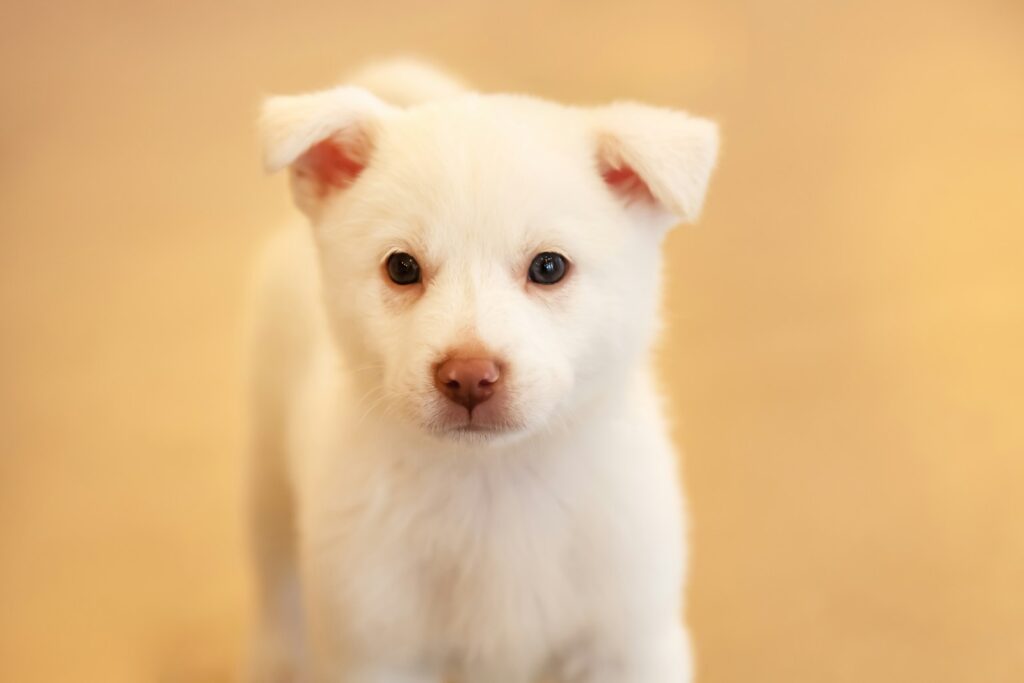
A hungry, overtired, or under-exercised puppy is more likely to act out aggressively. Puppies need a consistent schedule of meals, naps, and playtime to feel secure and balanced. Lack of mental and physical stimulation can lead to frustration, which often manifests as aggression. So, make sure your puppy gets plenty of interactive play, training, and quiet time to recharge.
Using Harsh Training Tools
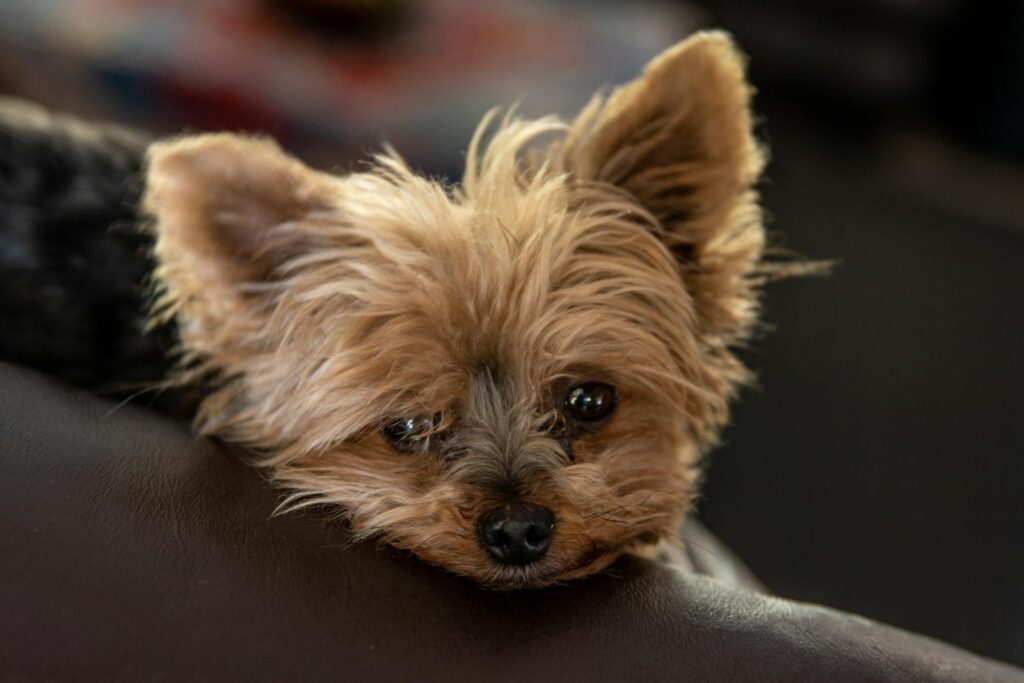
Tools like shock collars, prong collars, or choke chains can create fear and physical discomfort, often leading to defensive aggression. Puppies are especially sensitive, and harsh tools can damage the trust between you and your pet. Opt for humane alternatives, like clicker training or harnesses, to teach your puppy in a way that builds confidence rather than fear.
Reacting Aggressively Yourself
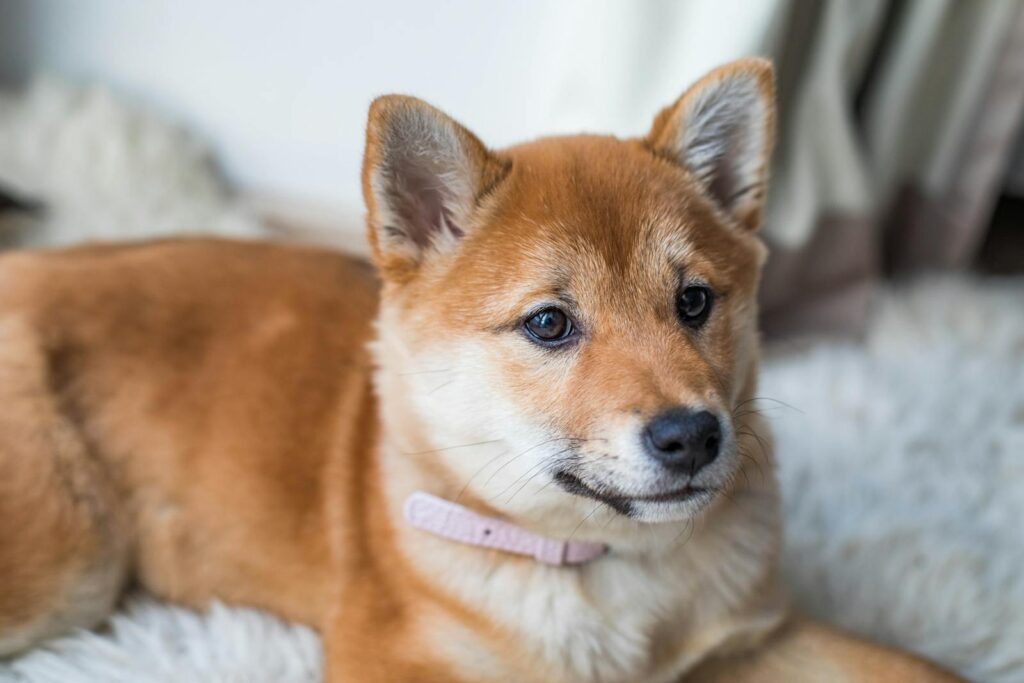
Dogs are highly perceptive and mirror the emotions and energy of their owners. If you yell, slam objects, or display aggression in frustration, your puppy may mimic these behaviors. Aggression from a puppy often stems from anxiety or insecurity, so staying calm and patient during training is key to teaching them how to respond constructively.
Not Teaching Bite Inhibition

Puppies naturally explore the world with their mouths, and it’s essential to teach them how to control their bite strength. If you allow your puppy to bite during play without correcting it, they won’t understand their strength as they grow. When your puppy bites too hard, immediately stop play and redirect them to a toy, showing them that gentle play gets rewarded.
Ignoring Territorial Tendencies
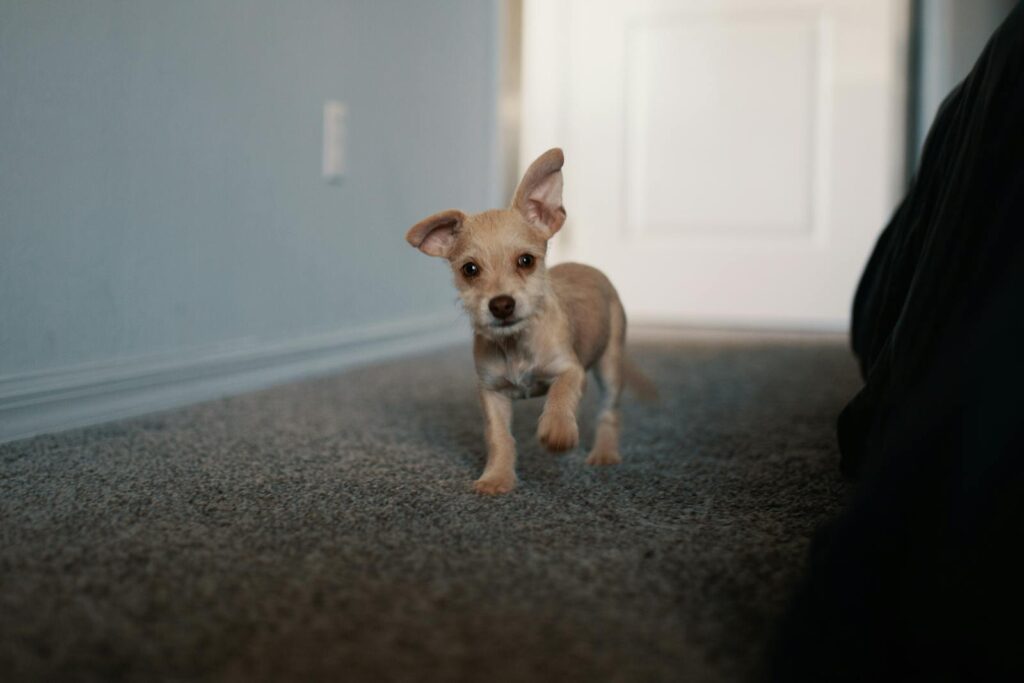
Resource guarding, like growling over food, toys, or space, can escalate into aggressive behaviors if not addressed early. Teach your puppy to share by using trade techniques: offer a high-value treat in exchange for the item they’re guarding. Consistently practice this so they learn that giving things up leads to positive outcomes, not a loss.
Skipping Professional Help
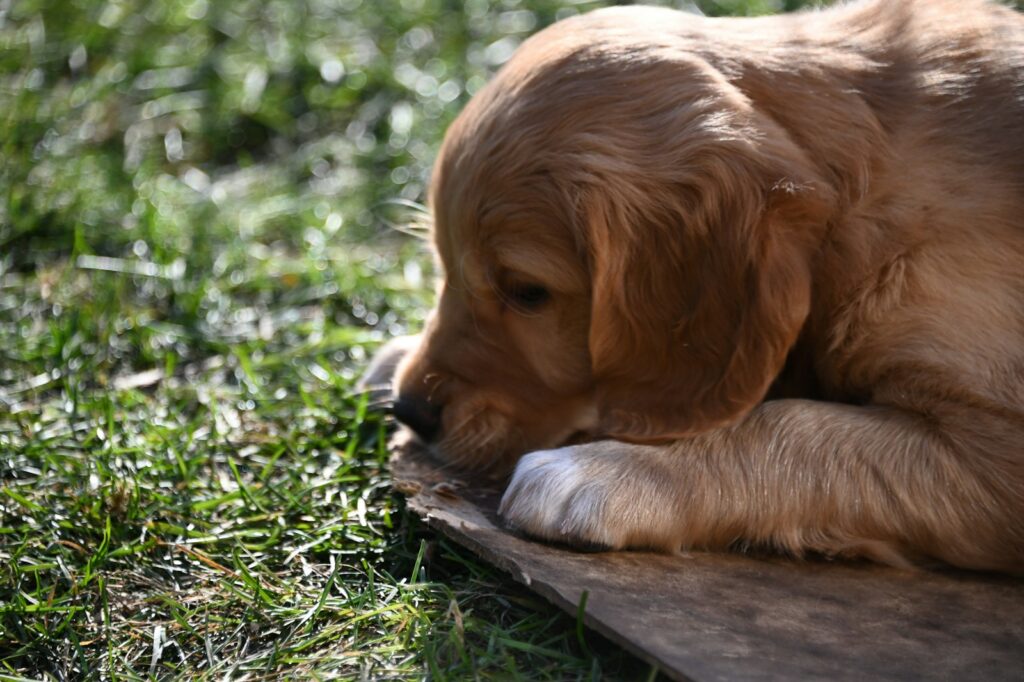
If you notice early signs of aggression, you should seek professional help right away. Waiting too long can allow these behaviors to become ingrained. A certified dog trainer or animal behaviorist can help identify the root cause and create a training plan to resolve the issue before it becomes worse.




